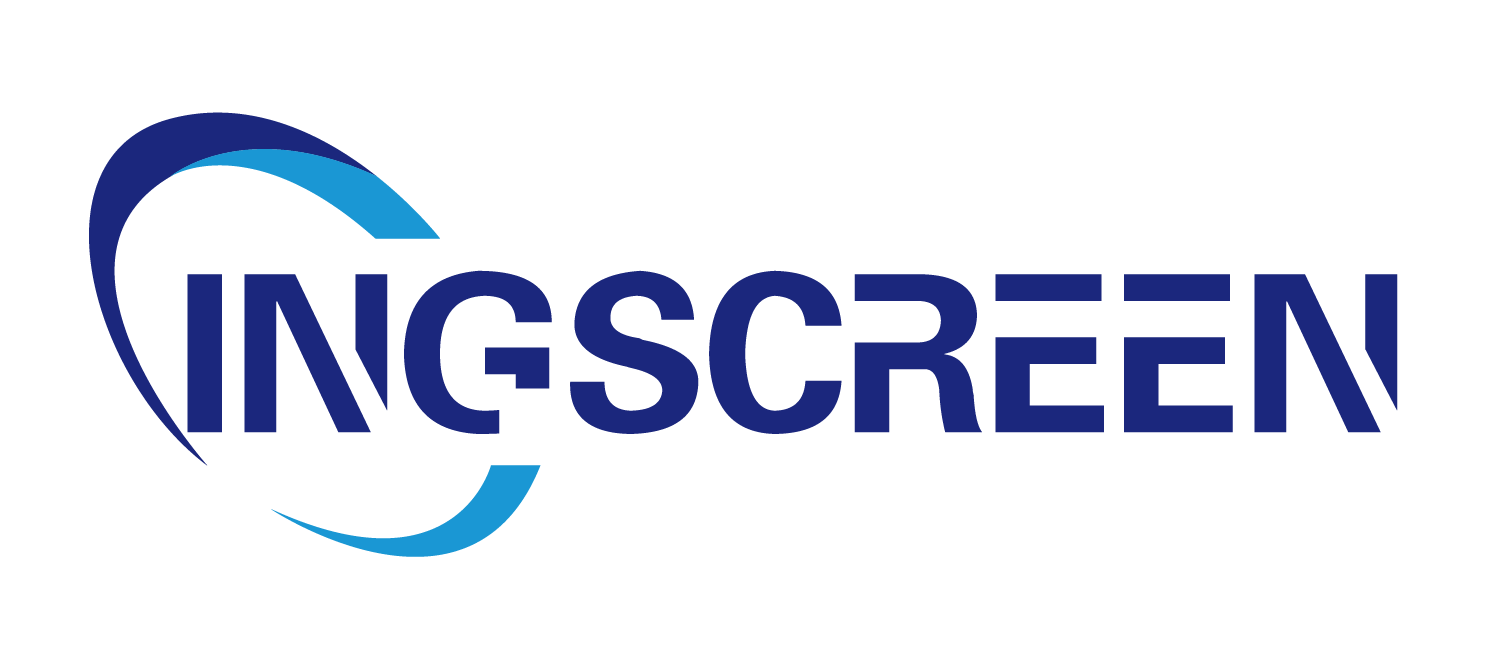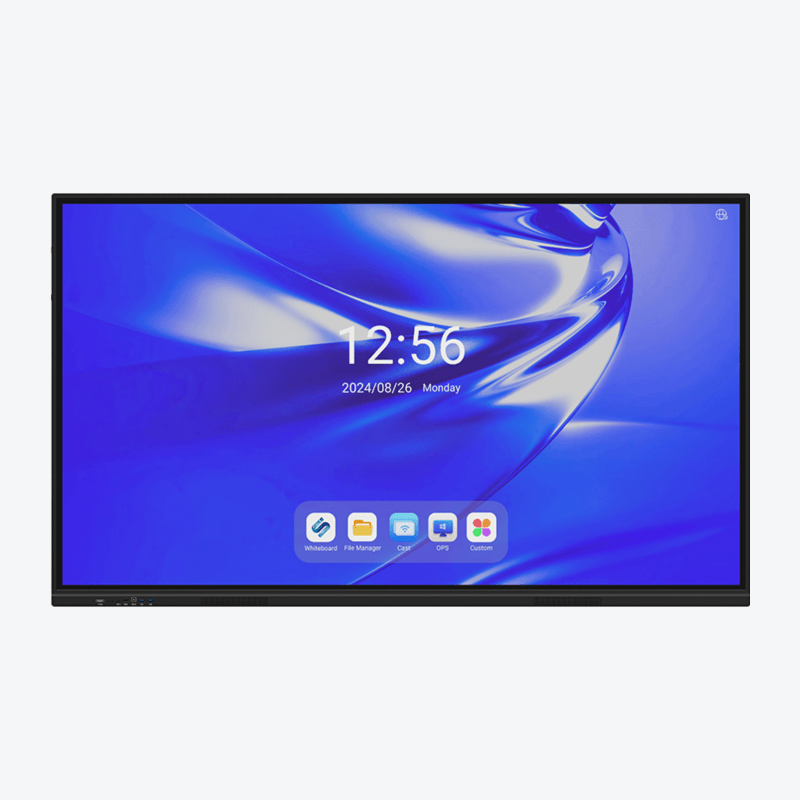Understanding Modern Business Communication Through Visual Technology
The landscape of business communication has evolved dramatically with the emergence of dynamic visual solutions. Digital signage represents a revolutionary shift in how organizations engage with their audiences, transforming traditional static displays into interactive, engaging, and measurable communication channels. From retail environments to corporate offices, healthcare facilities to educational institutions, the implementation of strategic visual communication has become essential for business success.
Modern businesses are increasingly recognizing the versatility and impact of digital signage solutions. These dynamic displays offer unprecedented flexibility in content management, real-time updates, and the ability to deliver targeted messages to specific audiences. As we delve deeper into the selection process, we'll explore how different business environments can leverage this technology to achieve their unique objectives.
Essential Considerations for Digital Display Implementation
Technical Specifications and Display Quality
When evaluating digital signage solutions, screen resolution and display quality stand at the forefront of technical considerations. High-definition displays with 4K resolution have become the standard for premium visual experiences, especially in environments where viewers may be both close to and far from the screen. The brightness capability, measured in nits, must align with the ambient lighting conditions of the installation location.
Display size and orientation options must be carefully evaluated based on viewing distance and content requirements. Portrait or landscape orientations serve different purposes, with portrait modes often preferred for interactive directories and landscape for general information display. The viewing angle specifications become particularly crucial in high-traffic areas where content must be visible from multiple positions.
Environmental Adaptability Features
Different business environments present unique challenges that impact the performance and longevity of digital signage systems. Indoor installations may require anti-glare coating and temperature management systems, while outdoor deployments demand weatherproofing, UV protection, and enhanced brightness capabilities to ensure visibility in sunlight.
The durability of the hardware must match the demands of its environment. Retail spaces may need impact-resistant screens, while industrial settings might require dust and moisture protection. Temperature tolerance ranges should align with the installation location, whether it's an air-conditioned mall or an outdoor transportation hub.

Industry-Specific Digital Signage Applications
Retail and Hospitality Solutions
In retail environments, digital signage serves as a powerful tool for enhancing the shopping experience and driving sales. Interactive product catalogs, real-time pricing updates, and promotional content can be seamlessly integrated to influence purchasing decisions. The technology enables retailers to create immersive brand experiences through high-impact visual merchandising and dynamic content scheduling.
Hotels and restaurants utilize digital displays to streamline operations and enhance guest experiences. From digital menu boards that can be updated instantly to interactive wayfinding systems, the hospitality sector leverages these solutions to improve service efficiency and guest satisfaction. Integration with property management systems allows for real-time room availability updates and event scheduling displays.
Corporate and Educational Implementations
Corporate environments benefit from digital signage through improved internal communications and visitor management systems. Meeting room scheduling displays, corporate communication boards, and emergency notification systems can be unified into a comprehensive visual communication network. The technology facilitates better employee engagement and information dissemination across large office spaces.
Educational institutions implement digital signage to create more dynamic and interactive learning environments. Campus-wide communication systems, classroom displays, and student information boards can be centrally managed and updated. These solutions support both administrative efficiency and educational effectiveness through targeted content delivery.
Content Management and Network Infrastructure
Software Platform Selection
The backbone of any digital signage implementation lies in its content management system (CMS). The chosen platform must offer intuitive content creation tools, flexible scheduling capabilities, and robust monitoring features. Remote management capabilities become essential for organizations with multiple locations or extensive display networks.
Integration capabilities with existing business systems and third-party applications expand the functionality of digital signage networks. APIs and middleware solutions enable real-time data feeds, automated content updates, and synchronized messaging across different platforms. The scalability of the software platform should accommodate future expansion and evolving business needs.
Network Architecture Requirements
Reliable network infrastructure forms the foundation of successful digital signage deployment. Bandwidth requirements must be calculated based on content types, update frequencies, and the number of displays in the network. Redundancy measures and failover systems ensure continuous operation of critical signage applications.
Security considerations become paramount when implementing networked digital displays. Encryption protocols, access control systems, and regular security audits protect both the content and the network infrastructure. Cloud-based solutions offer additional benefits in terms of scalability and maintenance, while edge computing capabilities can enhance performance in bandwidth-constrained environments.
Investment Planning and ROI Assessment
Cost Structure Analysis
Understanding the total cost of ownership involves evaluating both initial capital expenditure and ongoing operational costs. Hardware investments include displays, media players, mounting systems, and installation services. Software licensing, content creation resources, and maintenance contracts contribute to the recurring cost structure.
Energy efficiency considerations impact long-term operational costs. Modern digital signage solutions offer power management features and automated brightness controls that can significantly reduce energy consumption. The durability and reliability of premium hardware may justify higher initial investments through reduced maintenance and replacement costs.
Return on Investment Metrics
Measuring the effectiveness of digital signage implementations requires defining clear success metrics aligned with business objectives. Direct revenue impact can be tracked through increased sales, reduced operational costs, or improved resource utilization. Indirect benefits include enhanced brand perception, improved customer experience, and more effective internal communications.
Analytics capabilities built into modern digital signage systems provide valuable insights into content effectiveness and viewer engagement. These metrics help optimize content strategies and demonstrate the value of the investment through quantifiable performance indicators.
Frequently Asked Questions
What factors should be considered when choosing display brightness?
Display brightness selection depends on the ambient light conditions, viewing distance, and installation environment. Indoor locations typically require 400-700 nits, while outdoor installations may need 2000+ nits for visibility in direct sunlight. Consider daily light variations and potential glare sources when specifying brightness requirements.
How does content creation impact the success of digital signage?
Effective content creation strategies focus on clear messaging, appropriate dwell times, and regular updates to maintain viewer interest. Professional design standards, brand consistency, and content relevance significantly influence engagement levels. A mix of static, dynamic, and interactive content typically delivers the best results.
What maintenance requirements should be anticipated?
Regular maintenance includes physical cleaning, software updates, content refreshes, and performance monitoring. Hardware components may require periodic calibration or replacement based on usage patterns. Implementing a proactive maintenance schedule helps prevent system downtime and extends equipment lifespan.
How can digital signage systems be future-proofed?
Future-proofing involves selecting scalable hardware and software platforms that support emerging technologies and content formats. Consider upgradeability options, standardized interfaces, and expansion capabilities. Choose vendors with strong development roadmaps and commitment to industry standards.




